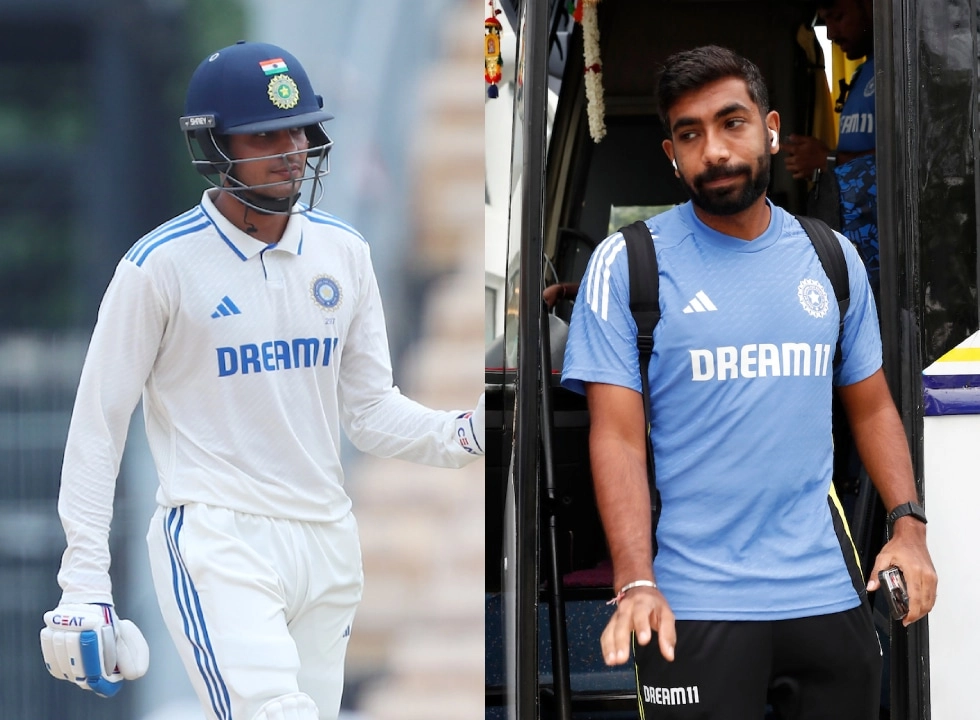Jasprit Bumrah, renowned for his exceptional bowling skills, has recently faced a setback in his bid for the Test captaincy of the Indian cricket team. The speculation surrounding his potential leadership role has been a topic of much discussion among cricket enthusiasts and analysts. However, it appears that Bumrah’s candidacy has faltered due to what has been termed the “Hardik Pandya yardstick.” This reference highlights a critical assessment of players not only based on their individual performances but also on their ability to contribute to the team dynamic and leadership ethos, which is essential for a captain.
Hardik Pandya, a prominent all-rounder, has set a benchmark in the Indian team regarding versatility and leadership qualities. The comparison suggests that selectors are seeking a captain who embodies not just skill but also the charisma and tactical acumen that can inspire the team. In this context, Bumrah’s style, while effective on the field, may not align with the broader vision that the selectors have for the team’s leadership. The dynamics of modern cricket require captains who can navigate both the pressures of international competition and the complexities of team morale and cohesion.
As a result of this shift in focus, a new candidate has emerged in the race for the Test captaincy. This individual’s profile and attributes are being closely evaluated by the selectors, who are keen on finding someone who can lead with confidence and foster a collaborative environment. The emphasis on leadership qualities over sheer performance reflects a deeper understanding of the challenges faced in international cricket. The new candidate is expected to bring a fresh perspective, possibly bridging the gap between established players and the younger generation, ensuring a well-rounded approach to the captaincy role.
In conclusion, the evolution of the leadership landscape within the Indian cricket team highlights the importance of strategic decision-making by selectors. The “Hardik Pandya yardstick” serves as a reminder that successful captaincy encompasses more than just individual talent; it requires a blend of vision, interpersonal skills, and the ability to galvanize a team. As the race for the Test captaincy continues, the cricketing community eagerly awaits the announcement of the new leader who will guide the team through upcoming challenges. The emphasis on cultivating a strong leadership framework may ultimately set the stage for India’s future successes on the international cricketing front.




